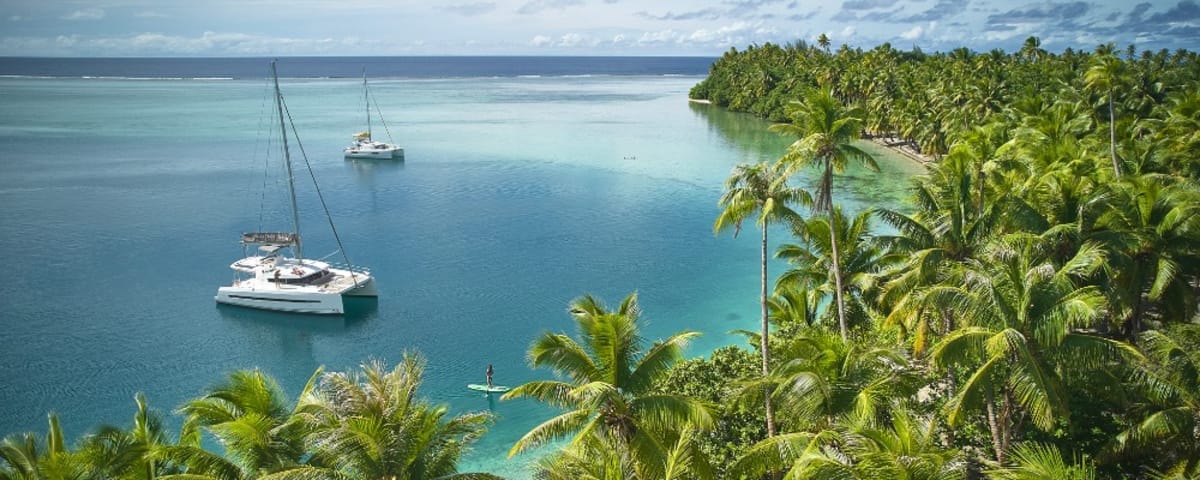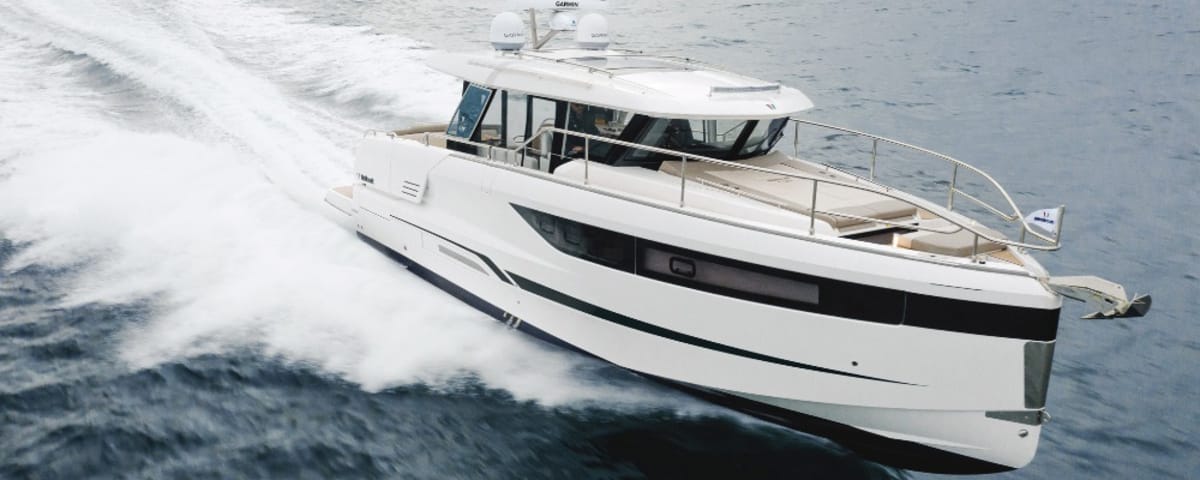Discovering France’s Waterways: A Guide to River Cruising
France boasts an extensive network of navigable waterways, stretching over 6,700 kilometers. This makes it the largest river network in Europe, encompassing rivers, canals, and developed waterways equipped for river traffic and transport. River tourism, both guided and independent, carries 11 million passengers annually, generating a turnover of €350 million.
If you don’t own a barge or boat suitable for river navigation, numerous companies across France specialize in renting boats or recreational rivercraft to individuals. These businesses operate a fleet of approximately 2,000 boats, ranging from 9 to 15 meters in length, accommodating two to 12 people. These chartered pleasure boats are modern, designed for rental, and undergo regular inspections. Furthermore, river navigation on a rental boat generally doesn’t require a permit on most waterways. After receiving the necessary operating instructions, the renter provides boaters with a temporary permit valid for the duration of their vacation on a defined route.
The Rise of River Cruising: An Enduring Trend
The popularity of river cruising is not a recent phenomenon. Tourists, particularly from Germany and the UK, have long embraced this type of vacation. However, the French clientele, increasingly drawn to this form of sustainable tourism, now represents 40% of passengers. This mode of travel allows you to discover otherwise inaccessible regions while enjoying the tranquility and beauty of the landscapes. Numerous options are available to travelers: short excursions, day cruises, or longer stays aboard hotel barges. These vessels, often luxurious, offer all the necessary comforts for unforgettable moments on the water.
Preparing for a River Cruise: The Essentials
Before embarking on your adventure, thorough preparation is essential. River navigation requires considering several key aspects. It is crucial to check the applicable navigation rules, inquire about periods of closure (when navigation is interrupted), and have access to accurate weather information. Planning refueling stops is also a key step to maximize your river experience. Fortunately, many guides offer a wealth of information to help you prepare your trip, while also consulting local authorities or cruise providers for updated advice.
The Canal du Midi: A UNESCO World Heritage Site
Among the jewels of the French river network, the Canal du Midi stands out. A UNESCO World Heritage Site since 1996, it is one of the oldest and most famous canals in France. This canal, which connects the Garonne to the Mediterranean, was originally a strategic communication route for commerce and the military. Today, it has become a favorite destination for boaters and history buffs. Navigating the Canal du Midi allows visitors to discover not only magnificent landscapes but also a fascinating history, punctuated by castles, medieval villages, and natural sites of rare beauty. It is recommended to take the time to stop in the many villages along the way to appreciate their charm and authenticity.
The Canal de Bourgogne: A Journey Through the Wine Region
The Canal de Bourgogne, which crosses one of the world’s most renowned wine regions, offers boaters a unique experience between nature and culture. This 242-kilometer canal connects the Saône to the Yonne, winding through landscapes of vineyards, forests, and picturesque villages. It is an opportunity to discover the richness of Burgundy, its famous wineries, and, of course, to taste local wines in the region’s various cellars. The canal’s locks allow you to travel at a leisurely pace while enjoying the calm and beauty of the surrounding nature. This route is ideal for lovers of gastronomy, wine, and culture, with stops in historic villages like Dijon, renowned for its medieval heritage and mustard.
The Canal de la Sarthe: A Peaceful Escape into Nature
The Canal de la Sarthe, which meanders through the green landscapes of Maine, is one of the most picturesque canals in the region. With its 148 kilometers, it connects Le Mans to the Mayenne, offering peaceful navigation in the heart of the countryside. This canal is particularly popular with boaters seeking tranquility and unspoiled nature. Navigating its calm waters allows you to discover many typical villages, historic locks, and bucolic landscapes that change with the seasons. This route is also an opportunity to discover the city of Le Mans, famous for its medieval old town and its famous car race, while enjoying a relaxed atmosphere aboard a barge.
River navigation in France offers a great alternative to traditional tourism, allowing you to discover regions of incomparable richness while evolving at the rhythm of the water. Whether on the Canal du Midi, the Canal de Bourgogne, or the Canal de la Sarthe, each waterway offers a unique experience, between preserved nature and historical heritage. Accessible to all, river cruising is increasingly popular with travelers, who find it an original and relaxing way to travel. With adequate preparation, these cruises allow you to live unforgettable moments in the heart of the landscapes of France, while enjoying an authentic and immersive experience.
Enjoyed this post by Thibault Helle? Subscribe for more insights and updates straight from the source.


